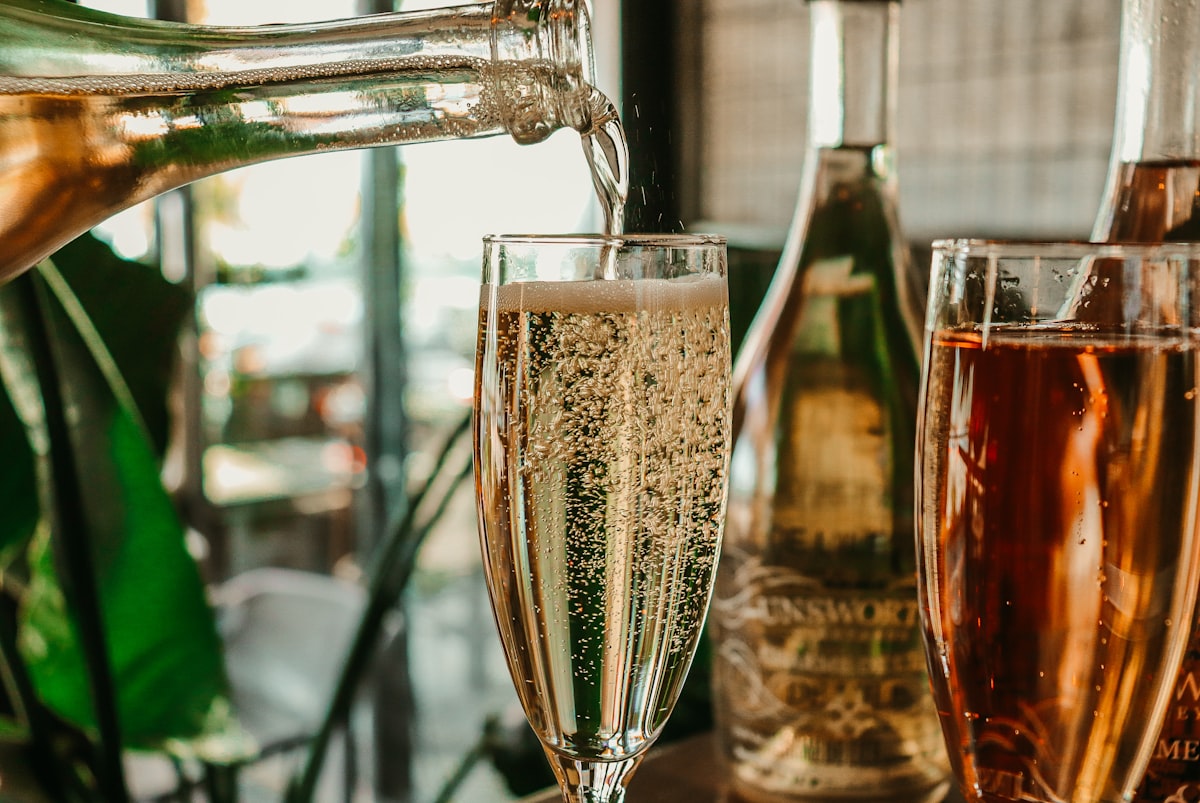The best tips about sparkling wines
There are more and better sparkling wines to enjoy throughout the year. A useful guide to achieve a good selection.

There are two main methods in the world for making sparkling wines. The traditional method or Champenoise, which is the one used in the Champagne region, in which the second fermentation is done bottle by bottle. The other method is called Charmat, and the frothing is done in large pressurized tanks. And although one does not necessarily guarantee the best quality over the other (because they are only methods), the artisan work that Champenoise requires, and the longer time that the wines spend in contact with its lees (dead yeast); up to 10 years; mean that the winemakers use their best grapes to achieve the best possible wines. There is also the ancestral method; instead of second fermentation, the wines are bottled before the end of the fermentation, and therefore retain the last bubbles. It may be "more natural" but it does not guarantee consistency between bottles.
Glasses
The low, open cups stopped being used a long time ago, and the flutes recently, although they are still a symbol of sophistication. Sparkling wine is a white wine (with bubbles) and therefore looks better in a white wine glass.
Temperatures
Like any type of wine, sparkling wine has its ideal serving temperature, although no one at home will be with the thermometer in hand. Especially in such hot weather. If it is served at a frappé temperature, fresh from the fridge (4 degrees) it will be very good. It will mist the glass a little and with the degrees, it gains just served (two) and when it enters the mouth (another two), it will be the ideal temperature to appreciate its attributes and enjoy its refreshment. Of course, the cold turns off the character a little bit, and that is why the best exponents of it look more like 10/12 degrees.
But it will always be better to go cold when serving it because it can reach the optimum temperature in the glass than to serve it warm, since the only alternative to correct the temperature will be adding ice, and that ends up watering down the wine.
Uncork
It is not done "plop", but not for bad manners but security, since that supposes that the cork will fly out, and it is dangerous because it takes a lot of force since inside the bottle there are 6 atmospheres of pressure.
You have to support the bottle on the table with one hand up, and with the other, you take out the capsule. Then you grab the spout by placing the big finger of your less skilled hand on the capsule, and gently unscrew the wire (muzzle). This prevents the cork from flying off when it is loosened.
Without removing the muzzle, but loosened and always pressing with the big finger, grasp the bottle from below with your skillful hand, pointing towards nothing, and gently turn the bottle by making force from below. The cork will only begin to loosen, and the pressure will slowly pull it out. And instead of the "plop", you will feel the "pssst". If the cork is too hard, do the same, but hold the cork part with a dry cloth.




